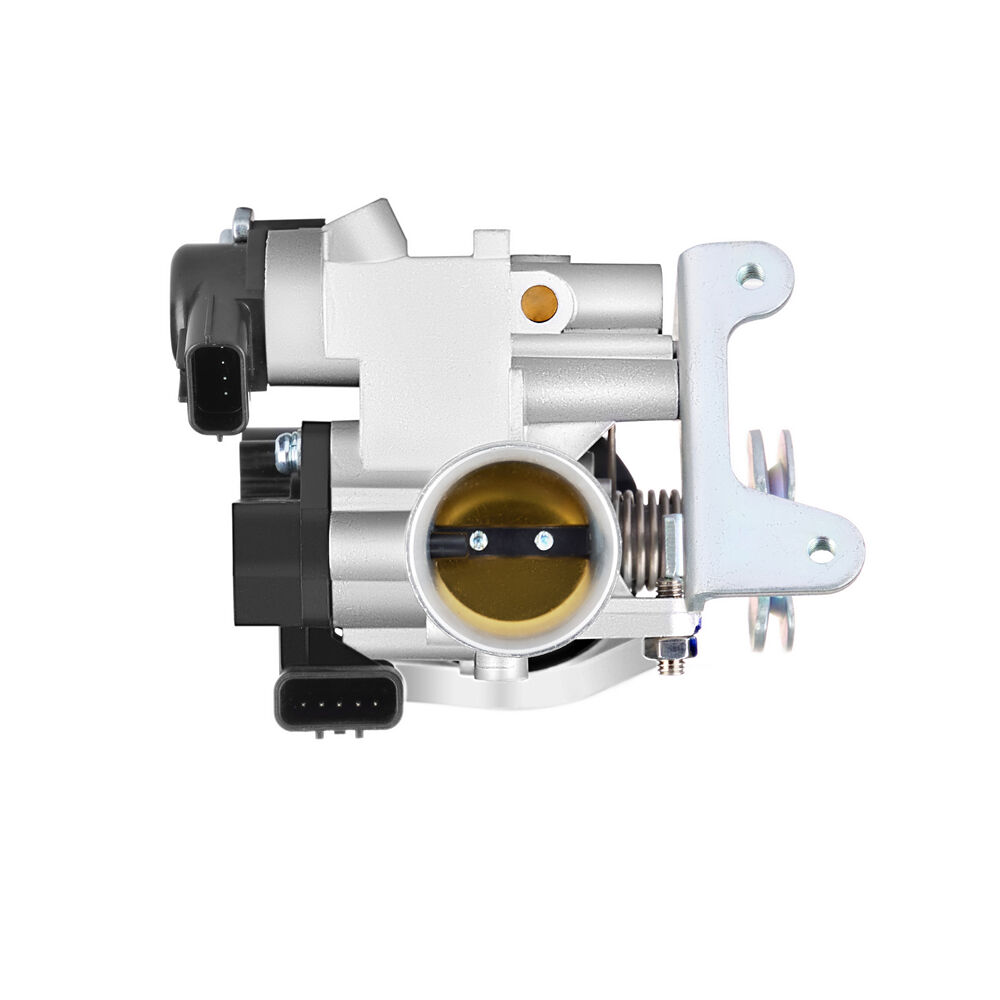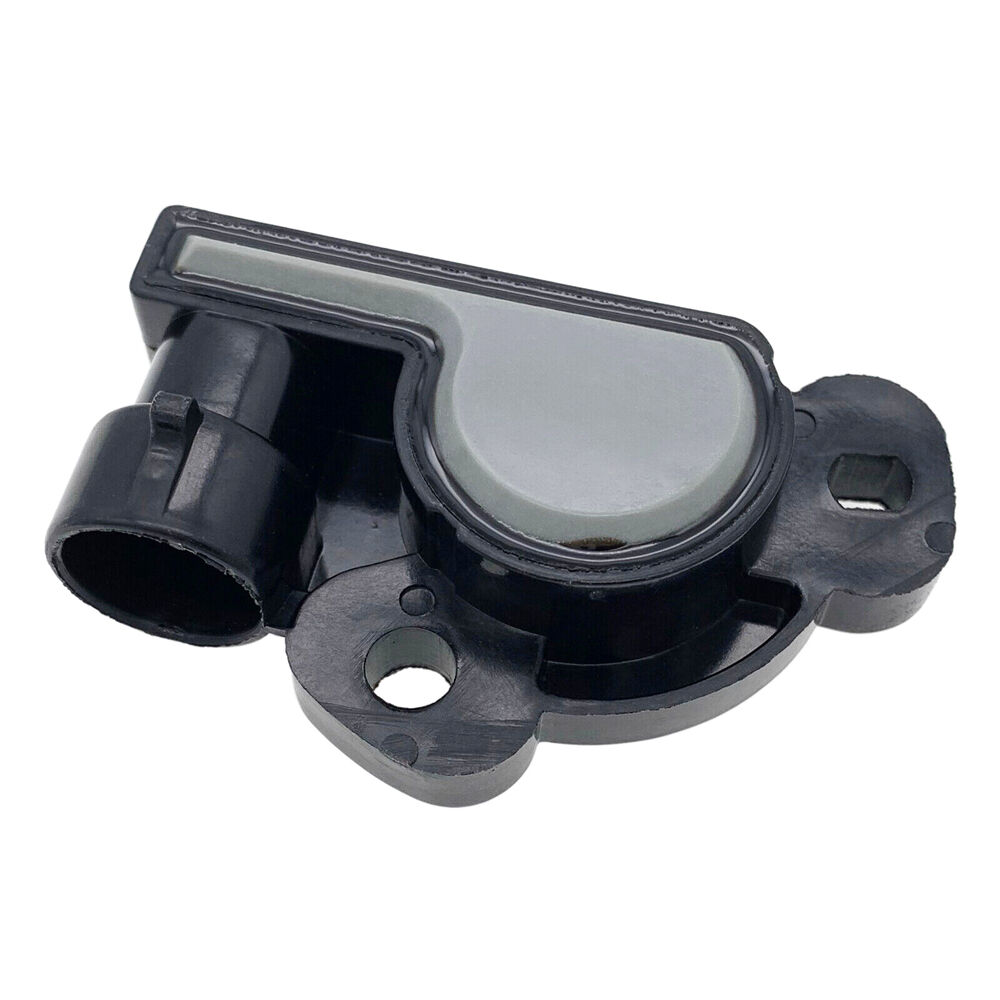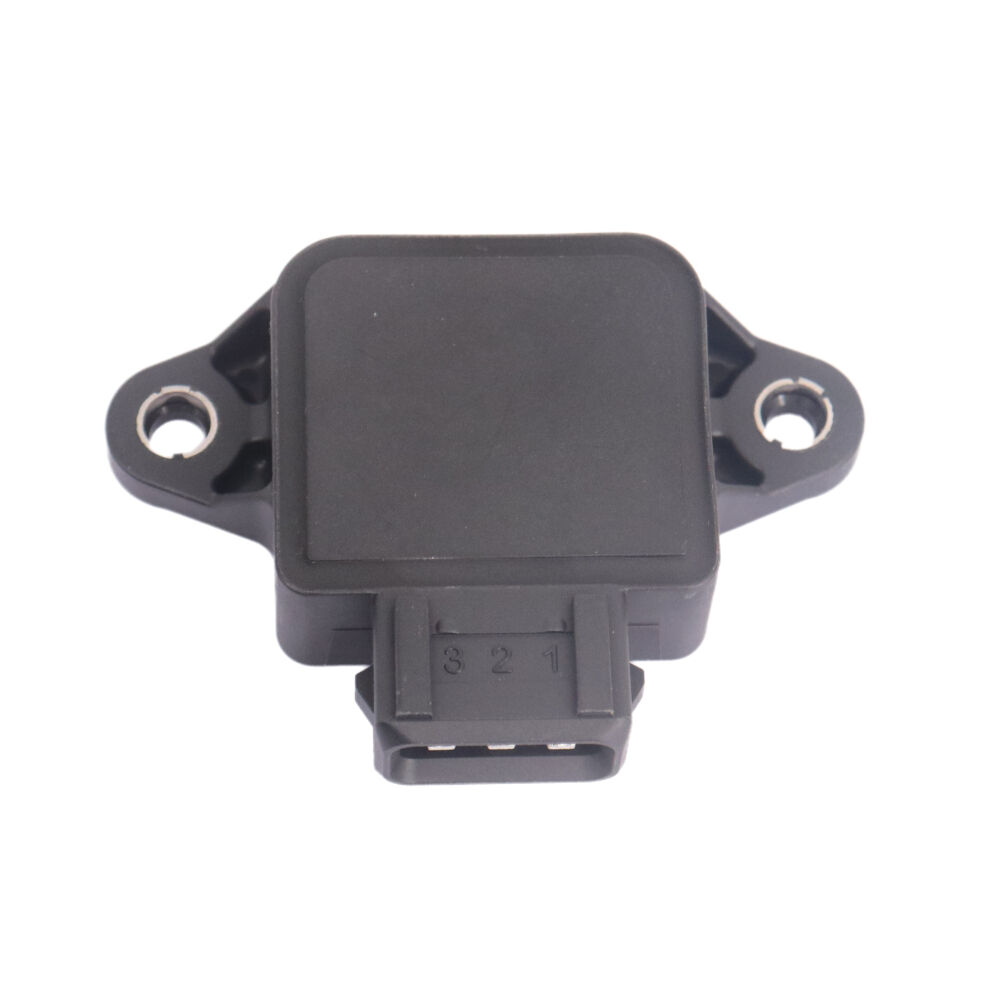faulty crankshaft sensor
The crankshaft position sensor plays a crucial role in modern vehicle engine management systems, serving as a vital component that monitors the position and rotational speed of the crankshaft. When this sensor becomes faulty, it can lead to various engine performance issues that require immediate attention. A faulty crankshaft sensor typically manifests through multiple symptoms, including engine misfires, difficulty starting the vehicle, and unexpected stalling. The sensor utilizes electromagnetic technology to generate signals based on the crankshaft's movement, which the engine control unit (ECU) uses to optimize fuel injection timing and ignition system operation. When malfunctioning, the sensor may provide incorrect or intermittent signals, causing the engine to run inefficiently or fail to start altogether. Understanding the implications of a faulty crankshaft sensor is essential for proper vehicle maintenance and troubleshooting. The sensor's design incorporates advanced magnetic field detection capabilities, enabling it to precisely measure crankshaft position even under extreme operating conditions. Regular diagnostic testing can help identify sensor degradation before it leads to complete failure, allowing for proactive maintenance and preventing more severe engine problems.


